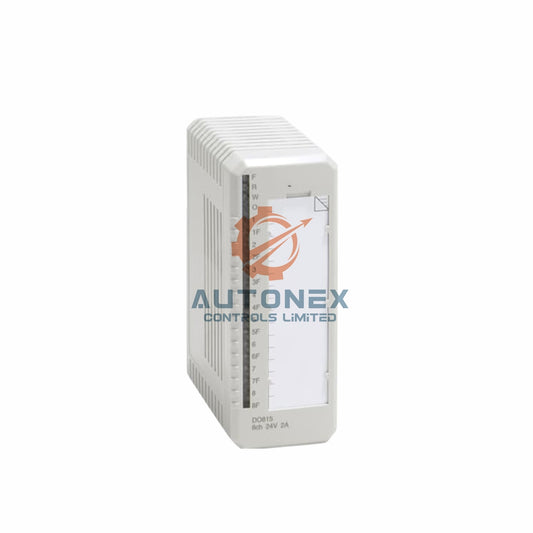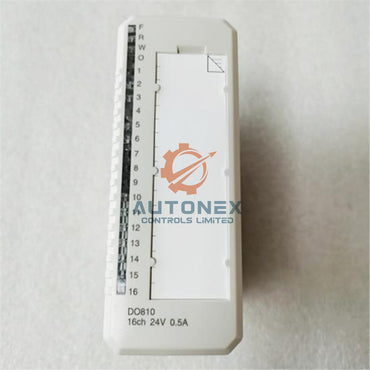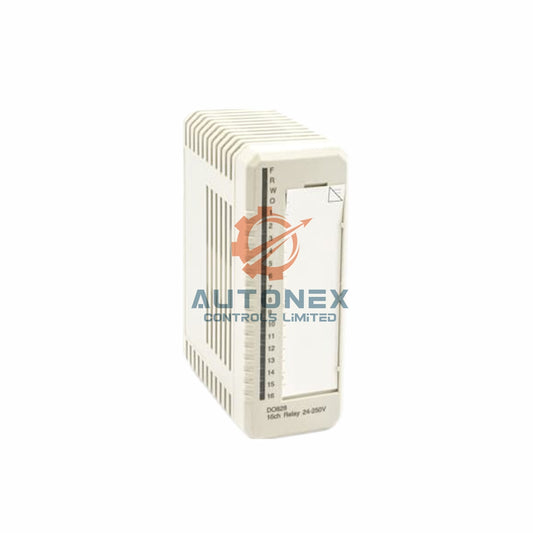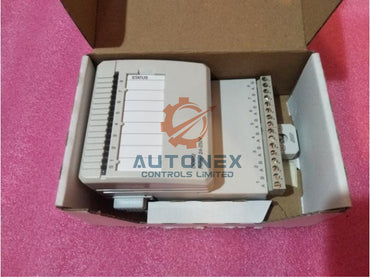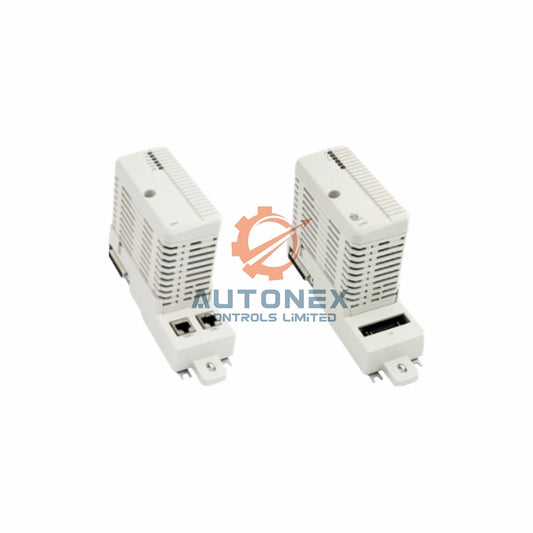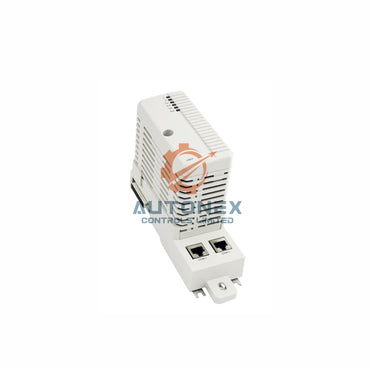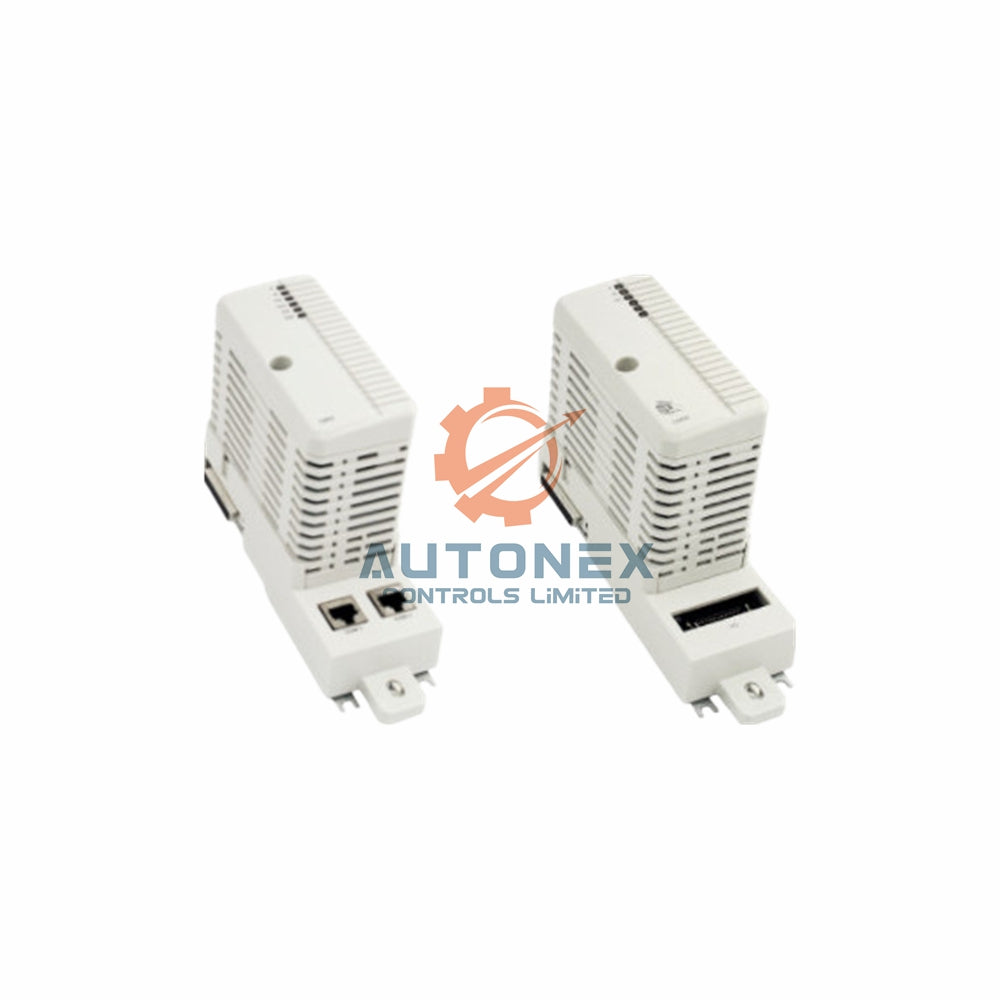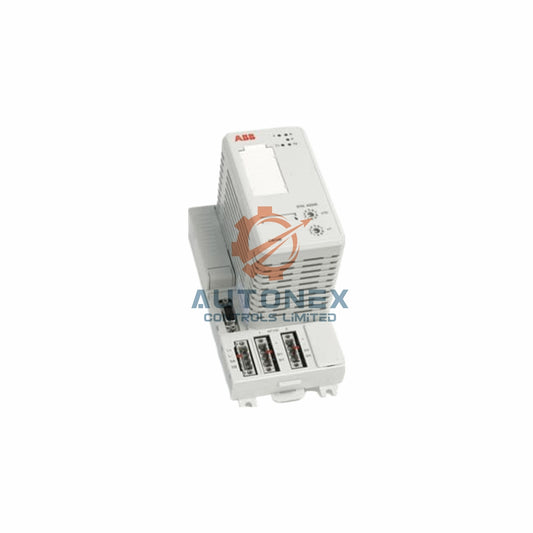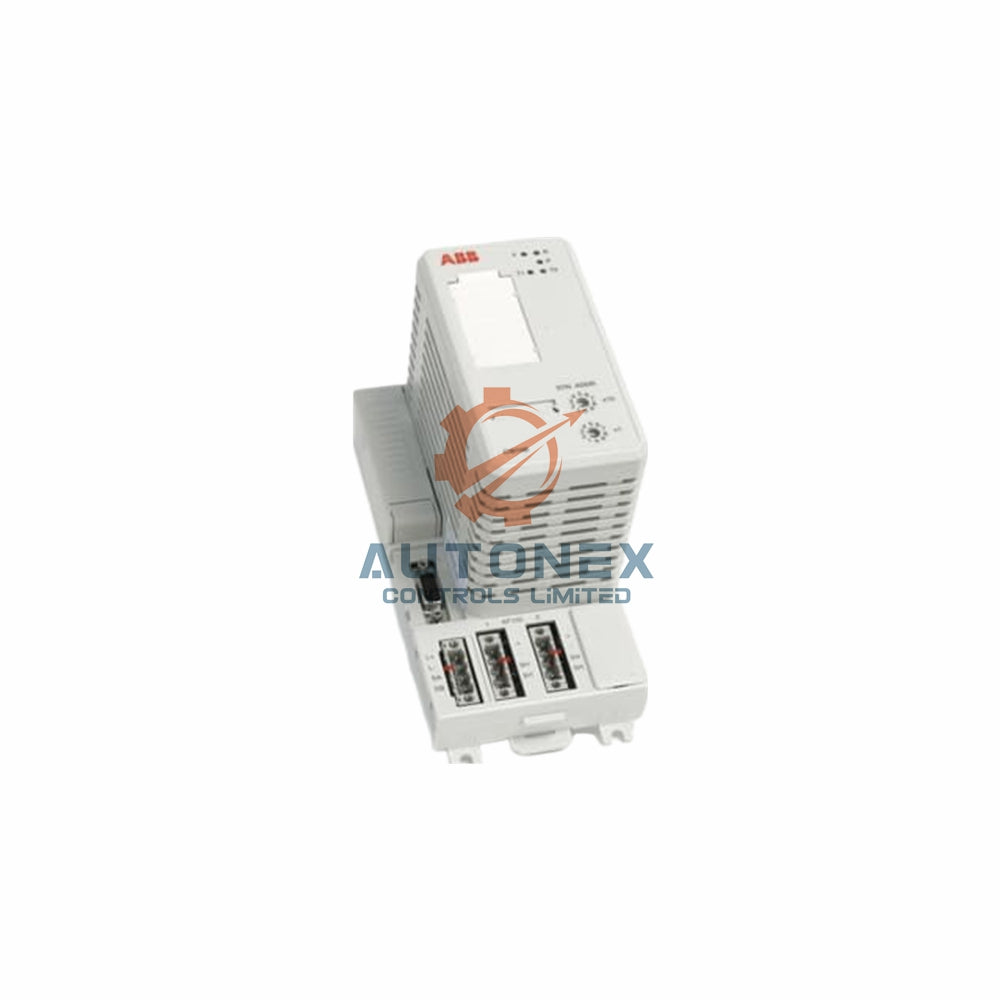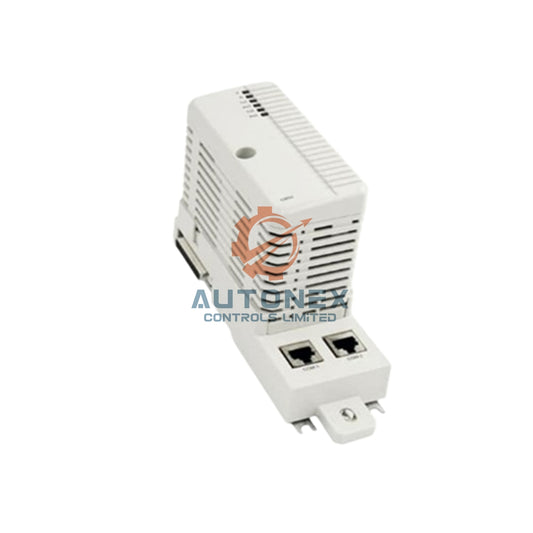Mitsubishi Servo Drive Comparison: Modern Performance vs Legacy Reliability
Understanding Your Servo Drive Options
Industrial automation professionals face critical decisions when selecting servo drives. The Mitsubishi MDS-D-V2-2020 and MDS-C1-V1-90 represent different technological generations. Each serves distinct purposes in factory automation environments. Understanding their differences ensures optimal machine performance.
Technical Specifications Breakdown
The MDS-D-V2-2020 offers dual-axis 2.0kW output per axis. It features advanced communication protocols and fan cooling. Meanwhile, the MDS-C1-V1-90 delivers robust 9.0kW single-axis power. It utilizes natural convection cooling instead. These specifications dictate their ideal application scenarios.
Modern Automation Applications
Manufacturers choose the MDS-D-V2-2020 for high-speed CNC systems. Its compatibility with MELSERVO-J3 technology ensures precision control. The dual-axis design saves valuable control panel space. Therefore, it suits facilities embracing Industry 4.0 initiatives.
The MDS-C1-V1-90 remains essential for maintaining older Mitsubishi equipment. Many factories still operate milling machines and EDMs requiring C1-series compatibility. This drive provides direct replacement solutions without system modifications.

Integration Considerations for Engineers
Selection depends on your automation strategy and existing infrastructure. The MDS-D-V2-2020 supports future technology adoption. However, the MDS-C1-V1-90 offers reliable legacy system preservation. Production requirements and budget factors ultimately guide the decision.
Real-World Application Scenarios
Automotive Manufacturing: The MDS-D-V2-2020 enables synchronized multi-axis control for robotic welding cells.
Aerospace Machining: The MDS-C1-V1-90 maintains precision in legacy five-axis milling machines.
Electronics Production: Both drives provide motion solutions for PCB drilling and component placement systems.
Industry Perspective and Recommendations
From my experience in industrial automation, newer doesn't always mean better. The MDS-C1-V1-90 often provides the most cost-effective solution for legacy equipment. However, the MDS-D-V2-2020 offers better long-term flexibility. I recommend evaluating both current needs and future expansion plans.

Frequently Asked Questions
What are the main power output differences?
The MDS-D-V2-2020 provides 2.0kW per axis in dual-axis configuration. The MDS-C1-V1-90 delivers 9.0kW single-axis power.
Which drive works better with older CNC equipment?
The MDS-C1-V1-90 offers direct compatibility with legacy Mitsubishi CNC systems. It requires minimal installation adjustments.
Does the MDS-D-V2-2020 support modern networks?
Yes, it features high-speed serial communication for contemporary industrial networks and control systems.
What cooling systems do these drives use?
The MDS-D-V2-2020 employs fan cooling. The MDS-C1-V1-90 uses natural convection cooling technology.
Which drive offers better space efficiency?
The MDS-D-V2-2020's dual-axis design reduces cabinet space requirements significantly compared to single-axis units.
Check below popular items for more information in Autonexcontrol


